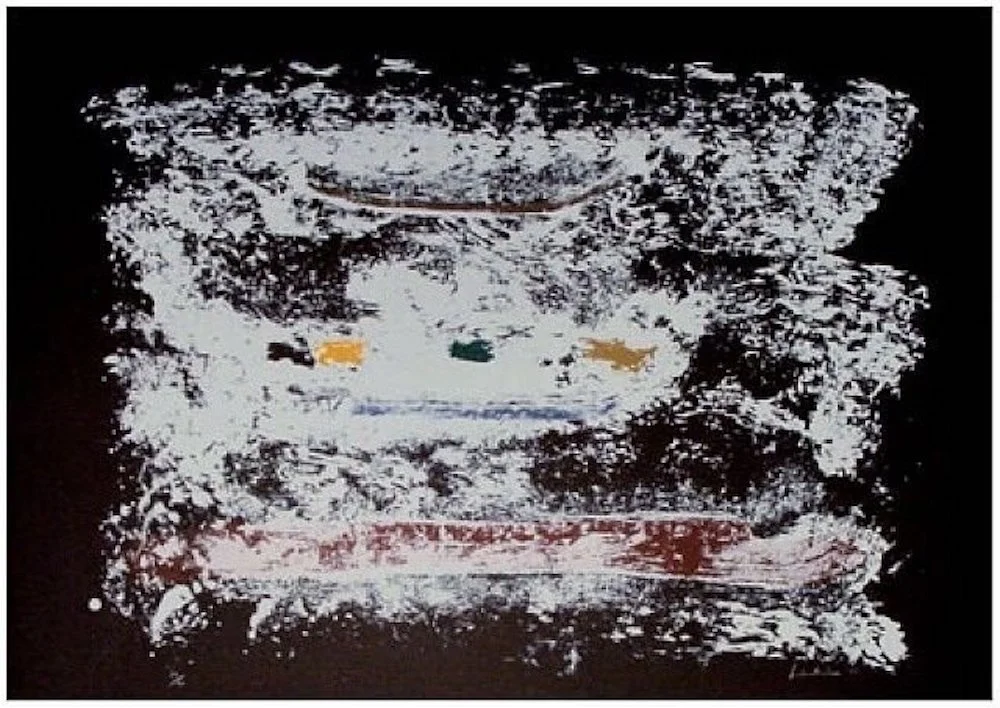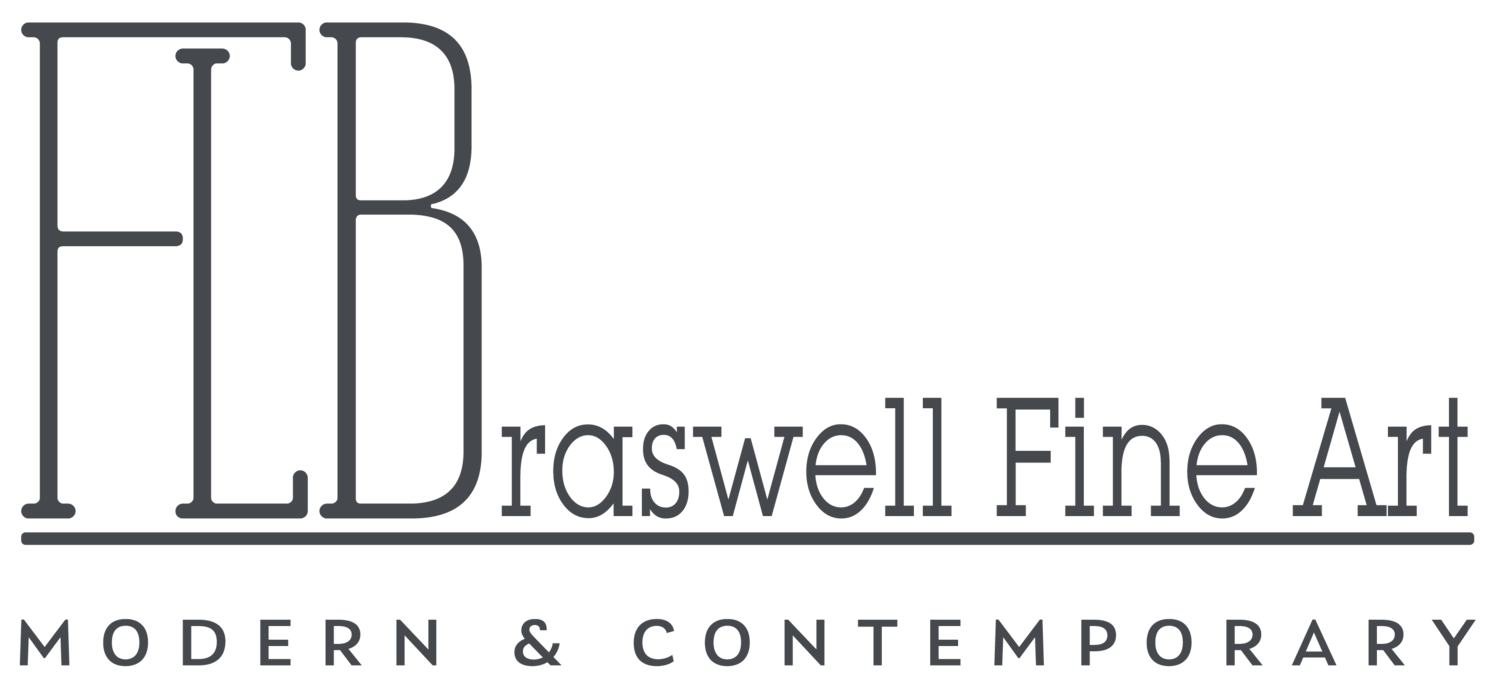Helen Frankenthaler
A second-generation Abstract Expressionist painter, Helen Frankenthaler became active in the New York School of the 1950s, initially influenced by artists like Arshile Gorky, Willem de Kooning, and Jackson Pollock. She gained fame with her invention of the color-stain technique—applying thin washes of paint to unprimed canvas—in her iconic Mountains and Sea (1952), a motivating work for Morris Louis, Kenneth Noland, and other Color Field painters who emerged in the ’60s. Her own canvases, however, often evoked elements of landscape or figuration in the shaping of their forms. “My pictures are full of climates, abstract climates,” she once said. “They're not nature per se, but a feeling.” From 1958 to 1971, she was married to fellow Abstract Expressionist Robert Motherwell, who, like Frankenthaler, worked in symbolic painted gestures—only her paintings were almost always visibly improvised from start to finish. As poet and critic Frank O’Hara wrote in 1960, “she is willing to risk everything on inspiration.” In addition to painting, Frankenthaler also made ceramics, welded steel sculptures, and set designs, but the related medium that most attracted her, and in which her achievement came the closest painting, was printmaking—especially the creation of woodcuts, hers counting among the greatest of contemporary works in that medium.

Un Poco Mas
1987
Lithograph
27 x 37 inches (sheet)
Publisher, Poligrafa Obra Grafica, Barcelona
Printer, Poligrafa Obra Grafica, Barcelona
Catalogue raisonné, Harrison 140
Edition of 60
Signed, dated and numbered in white pencil
SOLD
